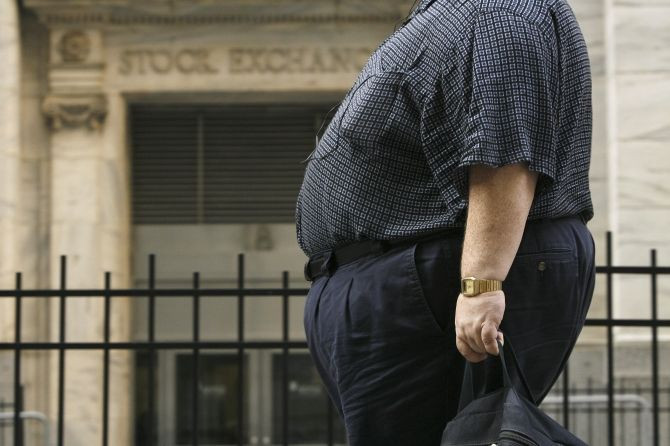Number of Severely Obese Increasing in the U.S.

The number of severely obese people has increased in the past few years, although the growth rate of obesity has slowed down.
Morbid obesity now isn't just a rare genetic condition that affects some people in the population, but it has become a part of the population's weight distribution. As America gets heavier, the number of people who are 100 pounds or more overweight increases, the study suggests.
Severely obese people now constitute for about 6.6 percent of the total population compared to about 3.9 percent in 2010, a new study has found. "The proportion of people at the high end of the weight scale continues to increase faster than any other group of obese people, despite increased public attention on the risks of obesity," said Roland Sturm, lead author of the report and a senior economist at RAND, a nonprofit research organization.
Sturm added that obesity rates have begun to show signs of slowing down for the first time in the last two decades. According to a new Centers for Disease Control and Prevention report, 12 states in the U.S. have high rates of obesity. The report said that Mississippi had the highest number of obese people while Colorado had the lowest.
The present study also found that obesity rates have grown more among women than in men and more in African American populations than in Whites or Hispanics. Approximately 15 million adults with a BMI of 40 or more are now classified as morbidly obese.
The present study was based on the body mass index of people. Recent studies have shown that the BMI rate might not be a good indicator of obesity as it doesn't differentiate between fat and muscle mass. While BMI isn't perfect, it can portray a decent picture of overall health and as such, the number of people with a BMI over 40 should be concerning and warrants future research by scientists.
The study was published in the International Journal of Obesity.



























